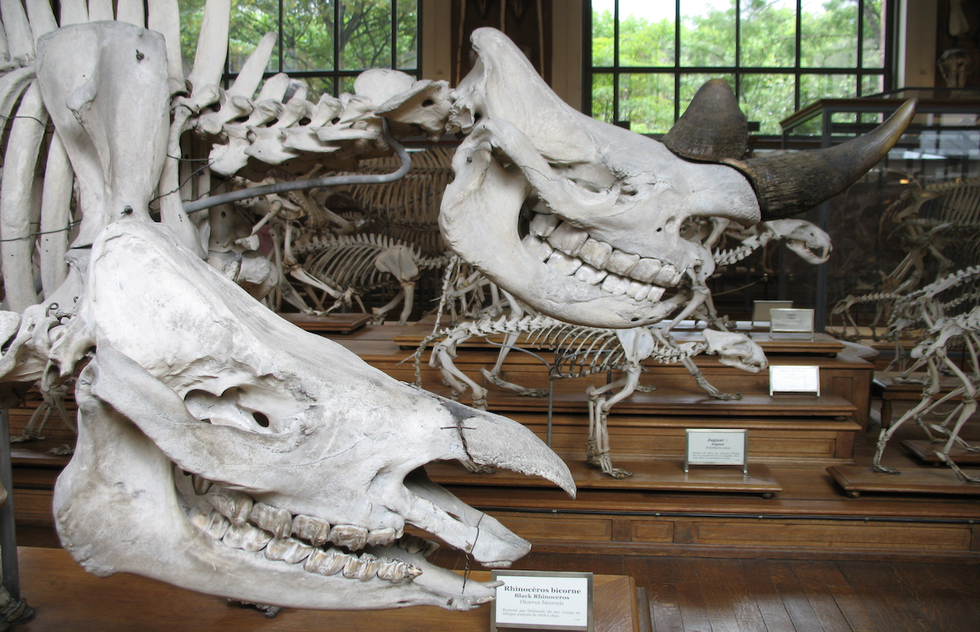This natural history museum was established in 1793, under the supervision of two celebrated naturalists, George Louis Lerclerc, Count of Buffon, and Louis Jean-Marie Daubenton. Originally (and still) an academic research institution, this temple to the natural sciences contains a series of separate museums, each with a different specialty. The biggest draw is the Grande Galerie de l’Evolution, where a sort of Noah’s ark of animals snakes its way around a huge hall filled with displays that trace the evolution of life and man’s relationship with nature. Another intriguing hall, the Galerie de Minérologie et de Géologie, includes a room full of giant crystals, and another with eye-popping precious stones from the Royal Treasury, as well as various minerals and even meteorites. For dinosaurs, saber-toothed tigers, ancient humans, and thousands of other fossilized skeletons, repair to the Galeries de Paléontologie et d’Anatomie Comparée. The Muséum’s Galerie des Enfants (children’s gallery) offers hands-on interactive displays for little tykes. Except for the Grande Galerie, which has a joint ticket deal with the Galerie des Enfants, you’ll have to pay for each Galerie separately.
Paris
Travel Guide
Paris› Attraction
Muséum National d’Histoire Naturelle
36 rue Geoffrey, 5th arrond.
 Torruzzlo / Shutterstock
Torruzzlo / Shutterstock
Our Rating
 Neighborhood
Latin Quarter (5th & 13th Arrondissements)
Hours
Wed–Mon 10am–6pm
Transportation
Métro: Jussieu or Gare d’Austerlitz
Phone
01-40-79-54-79
Prices
Admission to each galerie 7€–13€ adults, free for visitors 26 and under
Web site
Muséum National d’Histoire Naturelle
Neighborhood
Latin Quarter (5th & 13th Arrondissements)
Hours
Wed–Mon 10am–6pm
Transportation
Métro: Jussieu or Gare d’Austerlitz
Phone
01-40-79-54-79
Prices
Admission to each galerie 7€–13€ adults, free for visitors 26 and under
Web site
Muséum National d’Histoire Naturelle
Map
36 rue Geoffrey, 5th arrond. ParisNote: This information was accurate when it was published, but can change without notice. Please be sure to confirm all rates and details directly with the companies in question before planning your trip.





 About our rating system
About our rating system


